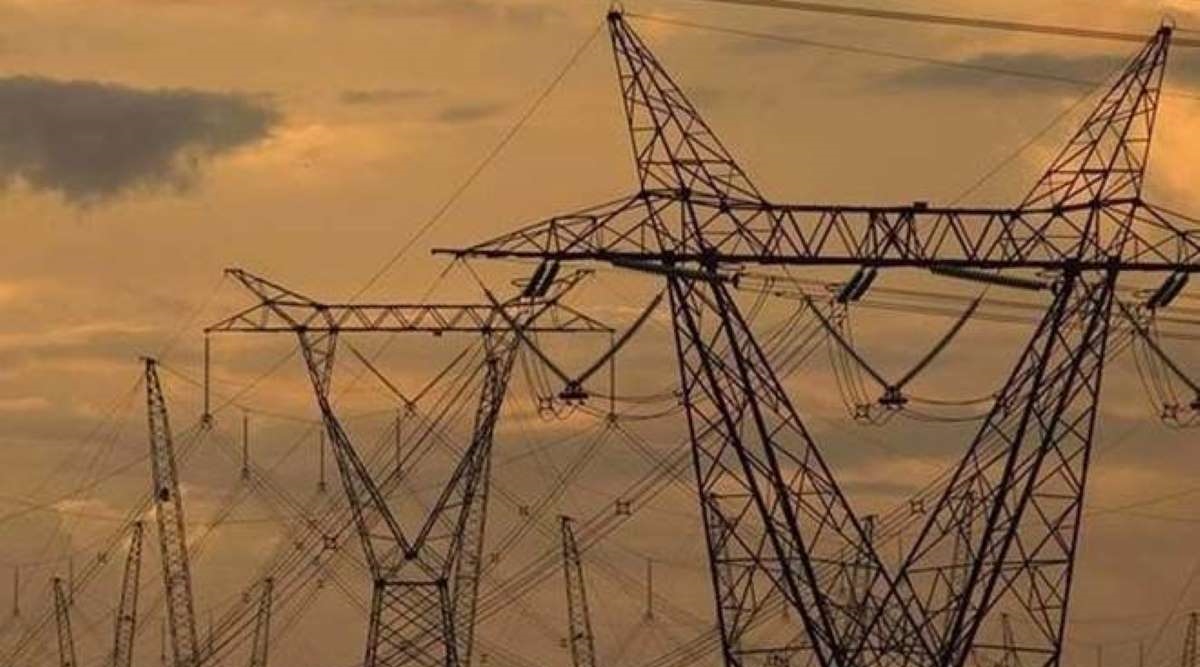UP discoms eye speedy rollout of new scheme : Rashtra News
#discoms #eye #speedy #rollout #scheme

It may be mentioned here that all the previous power sector schemes had similar well-intentioned targets but got stuck midway.
With the Yogi Adityanath 2.0 government having assumed office on Friday, the beleaguered distribution companies (discoms) in Uttar Pradesh are looking forward to the speedy roll-out for the Centre’s new results-linked Revamped Distribution Sector Scheme (RDSS).
The outgoing government had approved the action plan and detailed project report and shared it with the REC, which along with PFC, is the nodal lending agency for the Rs 3.03-trillion scheme launched by the Union ministry of power in July last year. UP’s five state-run discoms are now expecting the Centre to sanction the projects once the biennial state legislative council elections, which are underway for 36 seats of UP’s upper house, get over by mid-April.
According to the action plan, which has already been approved by the monitoring committee, Uttar Pradesh Power Corporation, the umbrella body of the state’s five discoms, aims to bring down the AT&C losses to 16.43% by 2024-25 against 29.04% losses in 2021-22. Similarly, the plan is to being down the gap between the average cost of supply (ACS) of power and the average revenue realised (ARR) to zero by 2024-25 against the gap of 0.51 in 2021-22.
According to the revised proposal, the total cost of the project has been pegged at Rs 58,604 crore, out of which smart metering would cost Rs 22,116 crore, loss reduction would entail Rs 19,856 crore and modernisation would cost 16,632 crore. The scheme’s cost will be borne by the Centre and state governments in a 3-2 ratio.
The scheme’s objective is to improve the operational efficiencies and financial health of all state owned discoms by 2025-26 by providing them financial assistance for modernisation and strengthening of the distribution infrastructure and improving the reliability and quality of supply of power to end consumers.
According to a senior power ministry official, projects for 28 discoms out of the total 55 all over the country have been sanctioned while the remaining ones are being vetted. “The Centre will disburse funds in the form of ad hoc 5% of grant, while the rest of the disbursal will depend on the discoms fulfilling various conditions under the scheme,” he said.
The broad objectives of the scheme are lowering of AT&C losses to 12-15% and bringing down the ACS-ARR gap to zero by 2024-25 nationally. With this new scheme coming into force, all other previous schemes such as Integrated Power Development Scheme, Deendayal Upadhyaya Gram Jyoti Yojana and Ujwal Discom Assurance Yojana (UDAY) would stand subsumed.
It may be mentioned here that all the previous power sector schemes had similar well-intentioned targets but got stuck midway.
The UDAY scheme, for example, was launched in 2015 with the promise to bring about a turnaround in the operational and financial health of cash-strapped discoms by reducing their debt and AT&C losses to 15% and ACS-ARR gap to zero by 2018-19. According to officials, the major hurdles faced by UP discoms is the high cost of power purchase agreements in the state. Against CERC’s recently-approved average power purchase cost at Rs 3.85/kWh for FY22, UP’s average power purchase cost was the highest in the country at Rs 4.56/kWh. Madhya Pradesh’s power purchase cost was the lowest at Rs 3.3/kWh.
Another issue in UP is the major variation in peak and off-peak demand. During a day off-peak demand reduces to 50% of the peak demand of the same day, this recording a variation in the range of 8000-10,000 MW.
Outstanding dues from state government departments is yet another issue that has been rankling the Power Corporation. A huge subsidy amount of Rs 4,972 crore is pending from the state government against powerloom connections while outstanding dues of over Rs 8,500 crore are pending against various state government departments.
The increasing cash gap due to poor collection efficiency of rural consumers is yet another handicap that the discoms have been facing. While the billing efficiency and collection efficiency in urban areas upto September 2021 is around 85% and 87%, respectively, in rural areas, it is 72% and 65%, respectively. The AT&C losses in rural areas is a whopping 53% against 26% in urban areas.
Speaking to FE, an official of energy department said that there are 3 crore consumers in the state and the power corporation aims at installing pre-paid smart meters in all except the tubewell consumers (farmers) by 2025. “This will automatically take care of almost 60% of our problems related to timely billing and collections,” he said.
Latest Sports News | Latest Business News
( News Source :Except for the headline, this story has not been edited by Rashtra News staff and is published from a www.financialexpress.com feed.)
Related searches :


